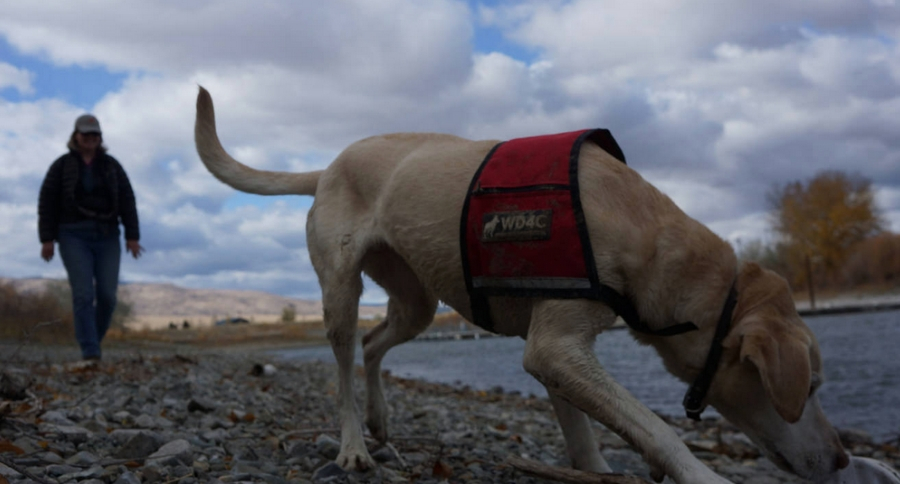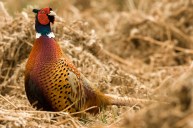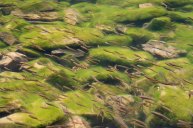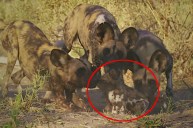Humans have taken advantage of our dogs' incredible sense of smell over the ages for such uses like hunting, tracking lost humans, and more recently, the detection of bombs, narcotics, drugs and low blood sugar in humans. I wasn't at all surprised when I read about a new canine aquatic detection protection. I'm familiar with dogs that can sniff out bear scat but this scent detection work is new!
Canine aquatic detection is a powerful new tool for monitoring stream health, tracking and combating invasive species, and protecting threatened and endangered fish. The latest conservation project for the Working Dogs for Conservation is trout like the westslope cutthroat and bull trout species. To help conserve native trout, the scientists at Working Dogs for Conservation have proven that dogs can differentiate species of fish, by scent, while the fish are swimming in their habitat.
"In the West, the introduction of Eastern brook trout has created problems for natives, as brookies can hybridize with bulls, spread disease to and out-compete the cutties.
A big question is, which streams have natives and which have invasive species?"
The researchers had an idea. Could dogs be trained to smell fish in rivers, like the dogs are trained to smell explosives or narcotics in bags at the airport? The answer was yes!
https://www.instagram.com/p/BpTFuyMgkqk/
https://www.instagram.com/p/Bn2Eu1bHsXw/
These scat detection dogs are typically rescue dogs that are high-energy canines not being adopted by the general public. They excel at conservation work.
The dogs involved in this program are a male Belgian Malinois, and two German shepherds.
Researchers, dog-handler and handler teams upped the game for the dogs.
"They put brook trout in underwater cages and tucked them under a bank of a stream that they knew had no wild brookies swimming. They walked the dogs along the shore with the wind in their noses. Once again, the dogs nailed it."
Thanks to these conservation dogs, native fish in Montana have a chance!
The working dogs 4 conservation (wd4c) also involve dogs in a number of wildlife detection programs. The wildlife research protects rhino horns, and a host of animals that are vulnerable to poacher's snares, including lion, leopard, buffalo, hyena, zebra, wildebeest, and giraffe.
Conservation detection dogs are incredible. Some of these dogs work in Africa, Tanzania, and the African Serengeti Plain. In addition to endangered species programs, these dogs are also trained to detect invasive plants.
Do you know any working dogs helping save different kinds of species? Perhaps Orcas or even aquatic species? Please leave a comment below!
WATCH NOW: Border Collies Are a Super Smart Dog Breed




